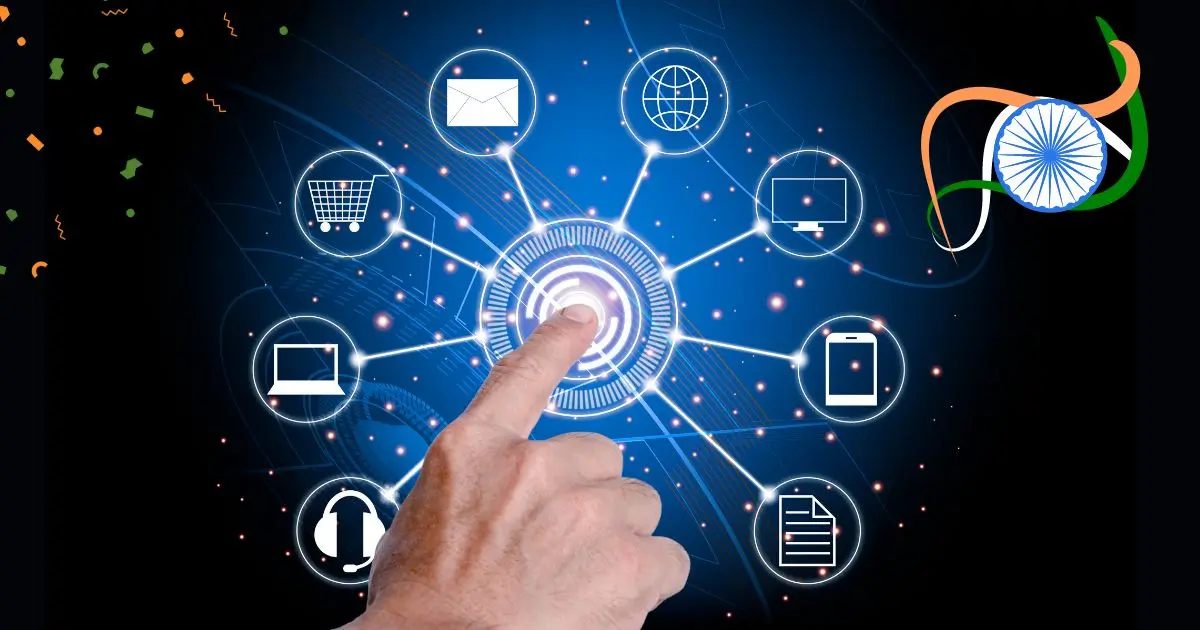Government monitoring of OTT platforms, takedown orders on social media, and the IT Rules 2021 have restricted freedom of digital expression. Censorship and self-regulation have led to platforms removing more content, impacting the diversity of views. Some degree of regulation is necessary to prevent misinformation and cybercrimes.
Section 79 provides intermediary protection to digital platforms, but recent government intervention has challenged this protection. Government surveillance on OTT platforms, takedown orders on social media, and strict compliance with IT Rules 2021 are restricting digital freedom of expression. Fear of censorship and self-regulation has led platforms to remove more content, thereby affecting the diversity of views. However, some degree of regulation is necessary to prevent misinformation and cybercrimes. That is why it is important to strike a balance between freedom of expression and platform accountability. India must adopt a transparent and equitable digital policy, learning from balanced models like Europe’s Digital Services Act and the US’s Section 230. In this ever-changing flow of information, while digital platforms are playing the role of a wide expanse of ideas, the restrictions imposed on them raise a new question mark. In this era of oscillation between freedom of expression and the rigor of regulation, Section 79 of the Information Technology Act, 2000 (IT Act) forms an important backdrop.
Section 79: Shield of arbitration or sword of regulation?
Section 79 of the IT Act provides a shield to digital platforms that insulates them from liability for content submitted by users, provided that they act as mere messengers and not regulators. When informed of any illegal content, take steps to remove it by the rules. Comply with the provisions of the latest IT Rules, 2021. However, recent government moves have attempted to chip away at this shield to some extent, where a constant struggle between freedom of expression and the power of regulation is visible.
Government Intervention: A Realistic Interpretation
If we look at some of the major interventions implemented by the government in this age of information and communication, we find that increasing surveillance on OTT platforms has attempted to bind creativity within a rigid perimeter. Takedown orders on social media seem like an obstacle to the free flow of ideas. The implementation of IT Rules, 2021, intends to control the smooth flow of digital dialogue. The lack of transparency regarding content management on many digital platforms affects the rights of users. The tendency to restrict independent journalism and alternative viewpoints can weaken democratic values. These incidents make it clear that a continuous effort is being made by the government to limit the freedom of platforms and increase liability.
The question of freedom of thought versus responsibility
Measures such as censorship and content takedowns cast a dark shadow on artistic freedom, journalism, and political criticism. Fearing self-regulation, many platforms themselves begin removing more content, which affects the diversity of dialogue. Restricting freedom of access to information hampers innovation and intellectual discourse. It is necessary to eliminate content that spreads misinformation, hatred, and malice on digital platforms.

Some degree of regulation is inevitable to ensure the safety of users. Platforms should play a more active role in preventing cybercrime, online harassment, and fake news. Platforms should follow community standards and fairness policies to create a safe digital environment without stifling the expression of views.
The need for balance: finding the middle way
In any democratic society, a balance is necessary between freedom of expression and the responsibility of digital platforms. For this, protection of expression should be ensured under Article 19(1)(a) of the Constitution. A fair and transparent content moderation system should be developed. An independent regulatory body should be formed for OTT and social media platforms. There should be a clear definition of digital rights and responsibilities.
Ensure a continuous dialogue between technical experts, civil society, and legislators. Develop a fair and transparent appeals mechanism for digital platforms so that users can register their objections. Make data transparency reports on content moderation and censorship publicly available.
Global context and India’s position
The European Union’s “Digital Services Act” is a perfect example, which sets balanced responsibilities for online platforms. In the US, “Section 230 provides platforms a balance between freedom of expression and accountability. India needs to develop a framework that not only protects freedom of expression but also ensures digital security and accountability. It is necessary to develop an effective digital policy in collaboration with the government, judiciary, and civil society. In this ocean of information, where ideas are dynamic like waves, the need for a balance between regulation and freedom increases even more. Section 79 of the IT Act protects digital platforms, but recent government interventions show that this protection shield is being limited. If the government adopts an inclusive and prudent approach, India’s digital landscape can move in a free, safe, and equitable direction.
The power of Digital India lies in the freedom of expression of its citizens. If the government, digital platforms, and society adopt a balanced strategy, this technological age can empower the basic spirit of democracy and make India a leader in the global digital revolution. If the government, digital platforms, and society adopt a balanced strategy, India can become a leader in the digital revolution, where expression remains free and safe.




